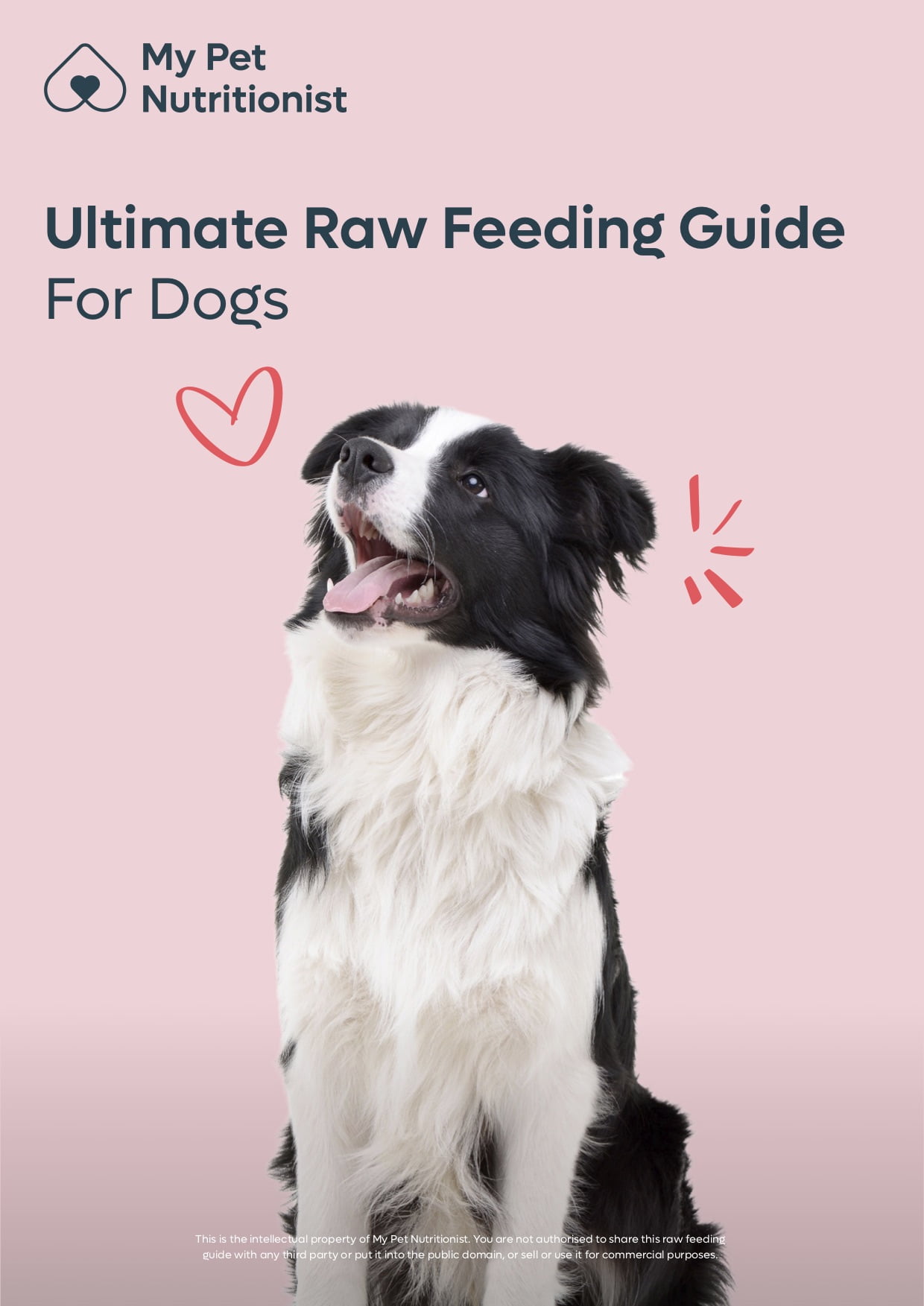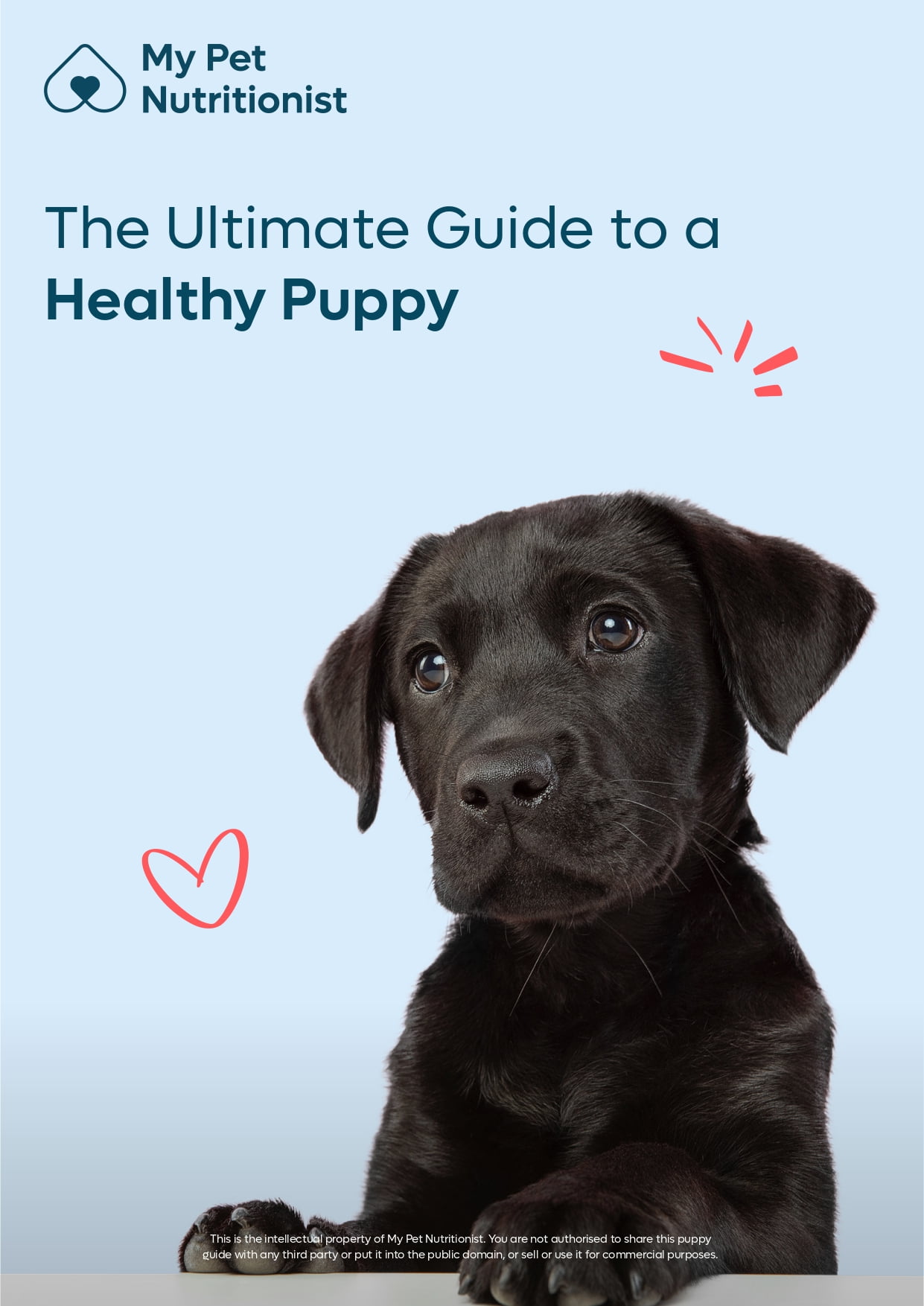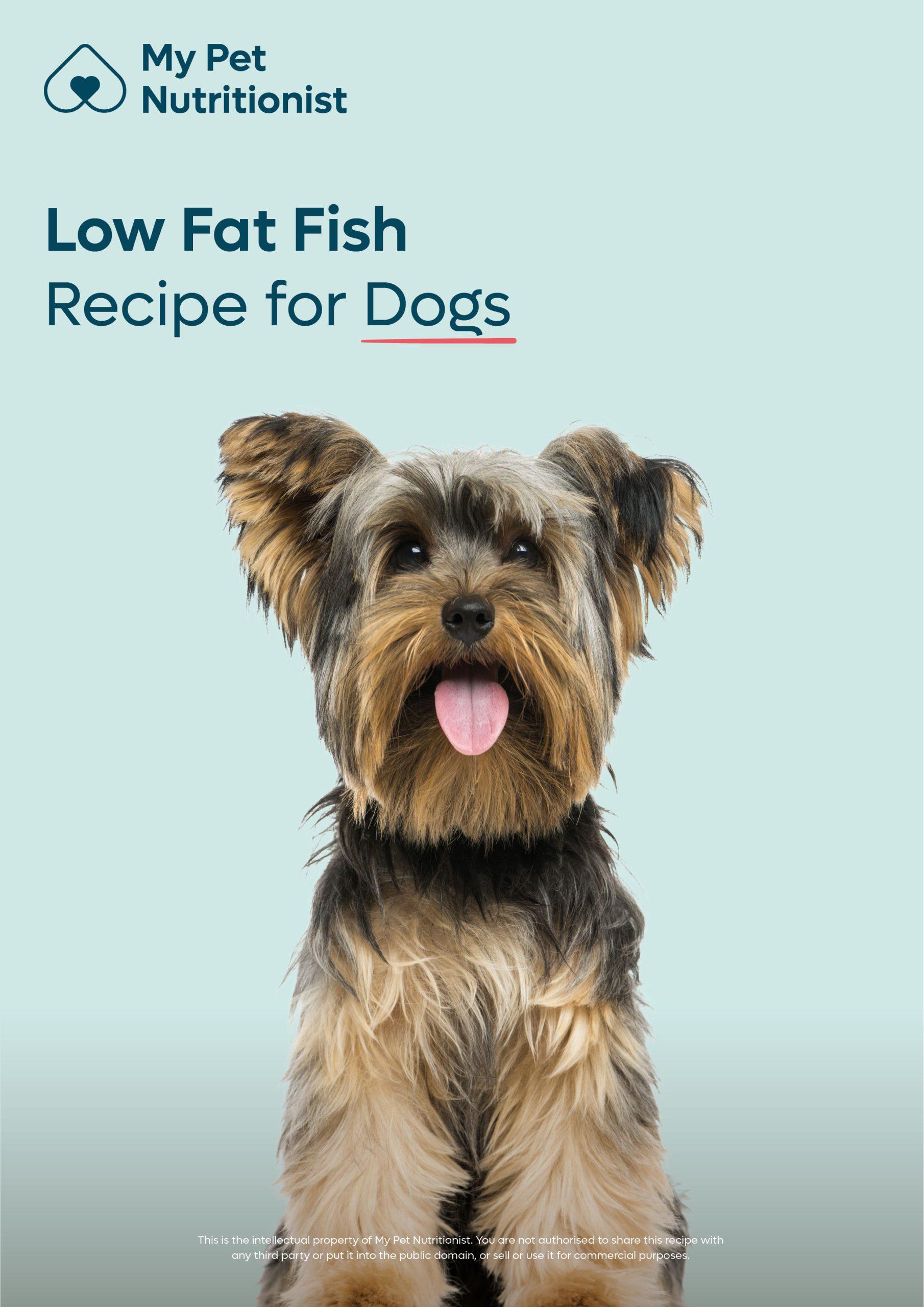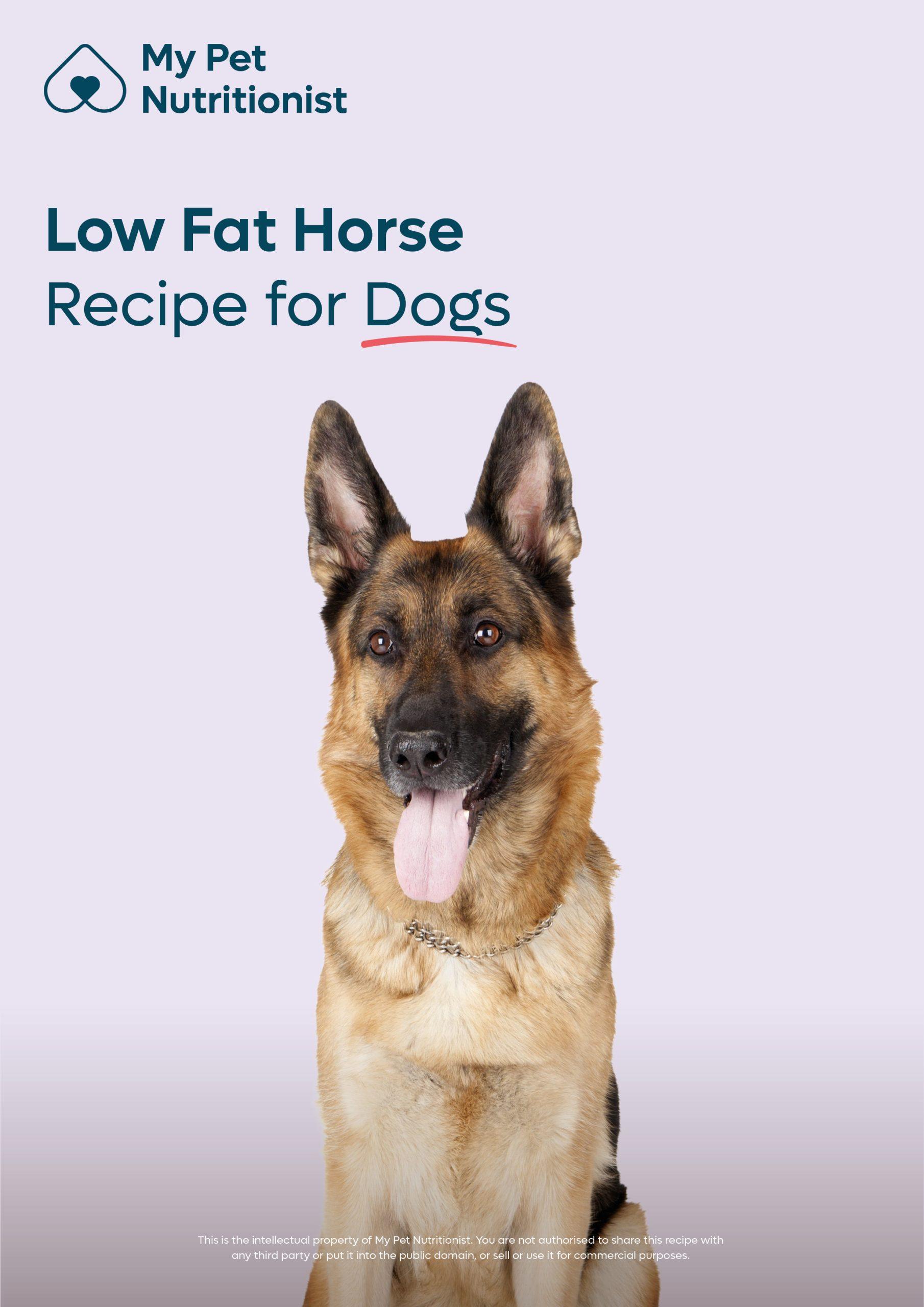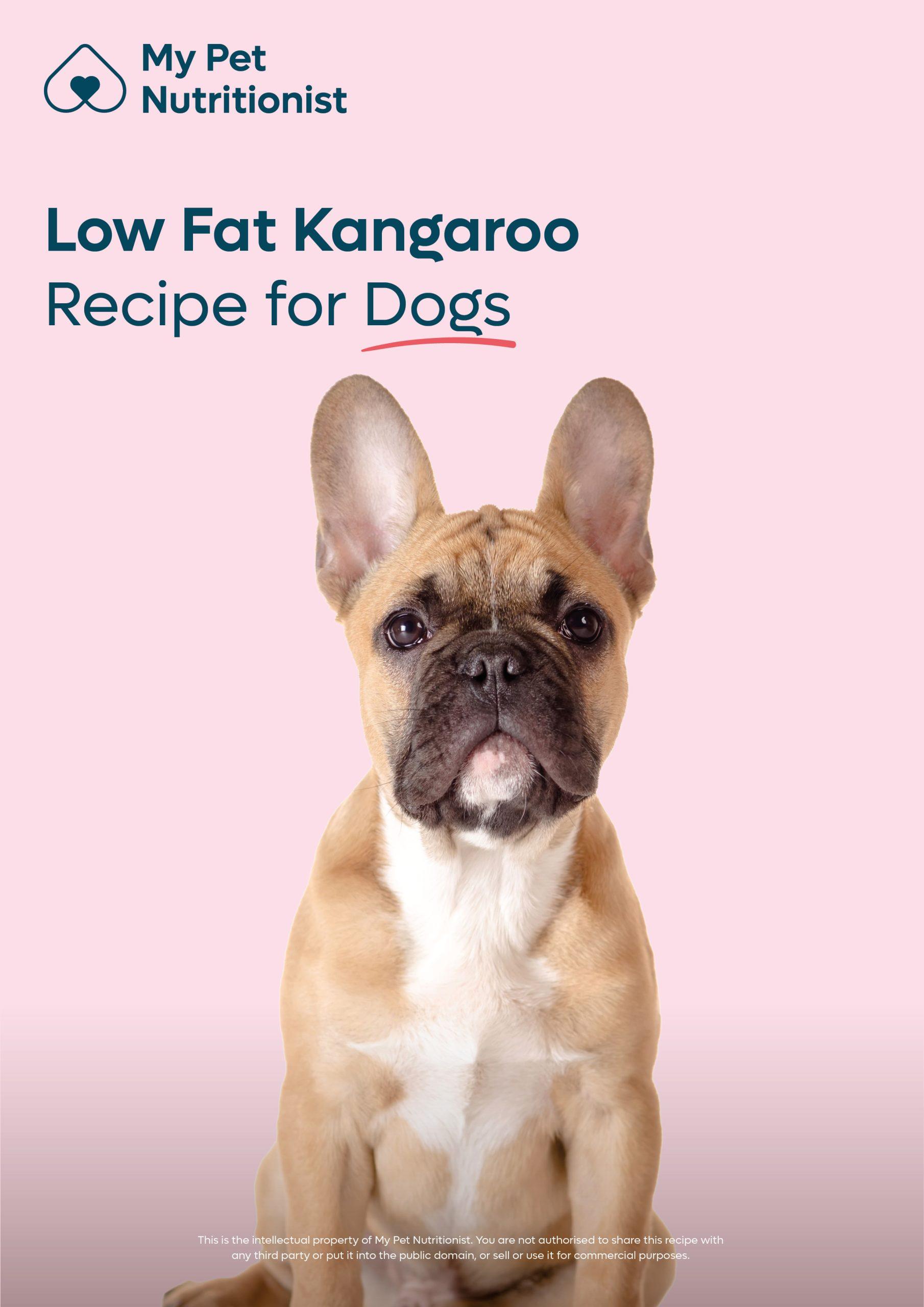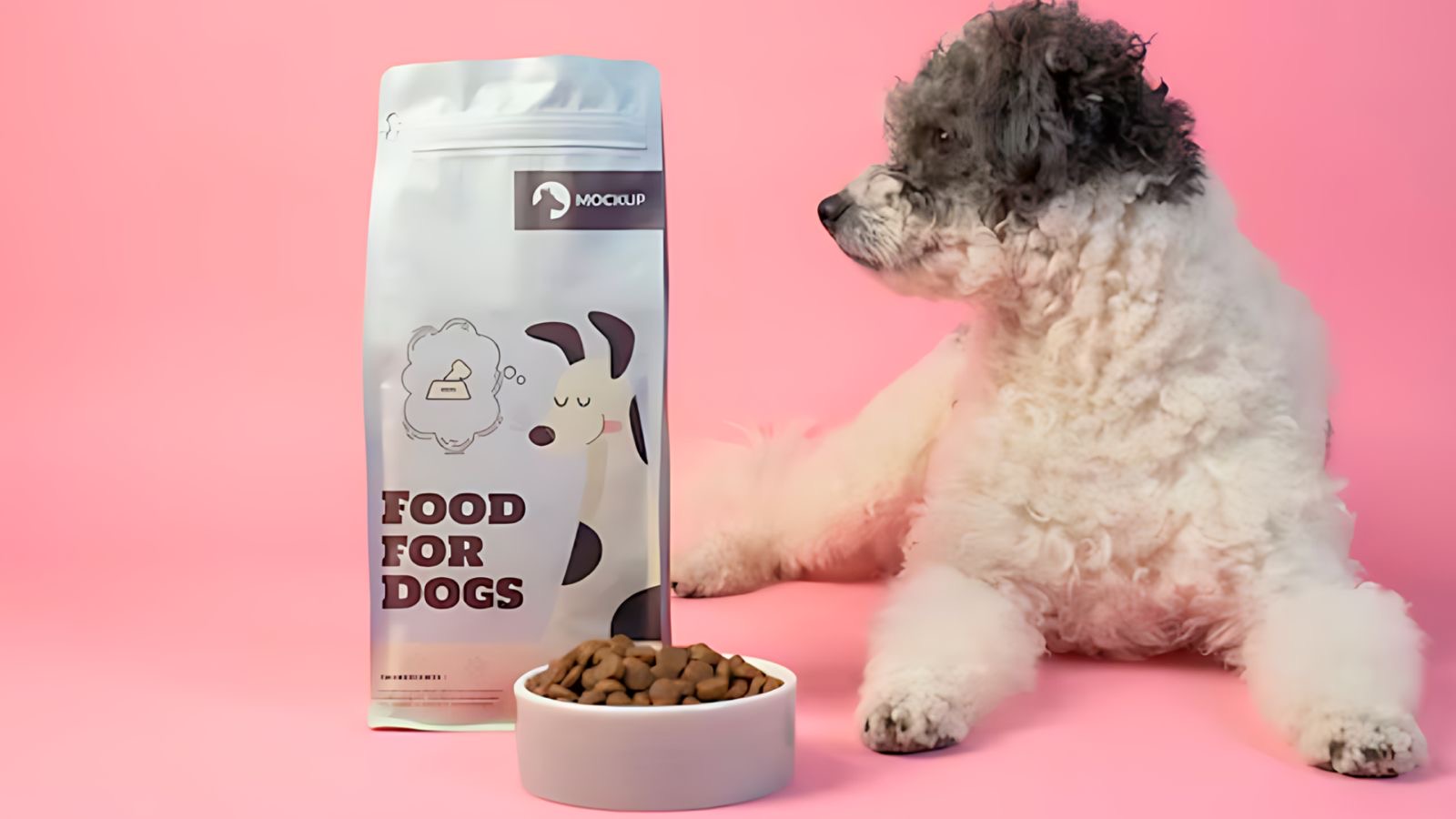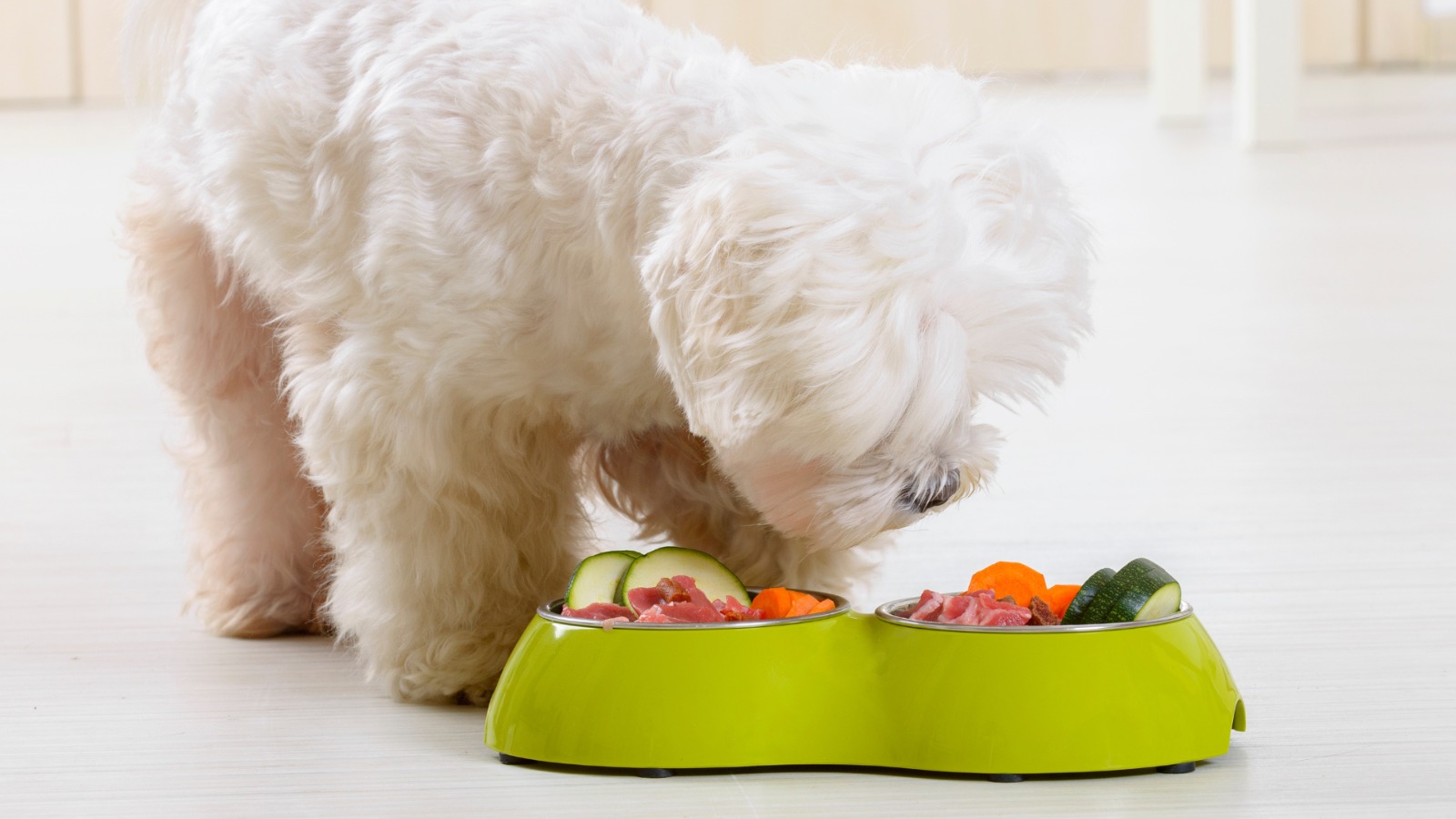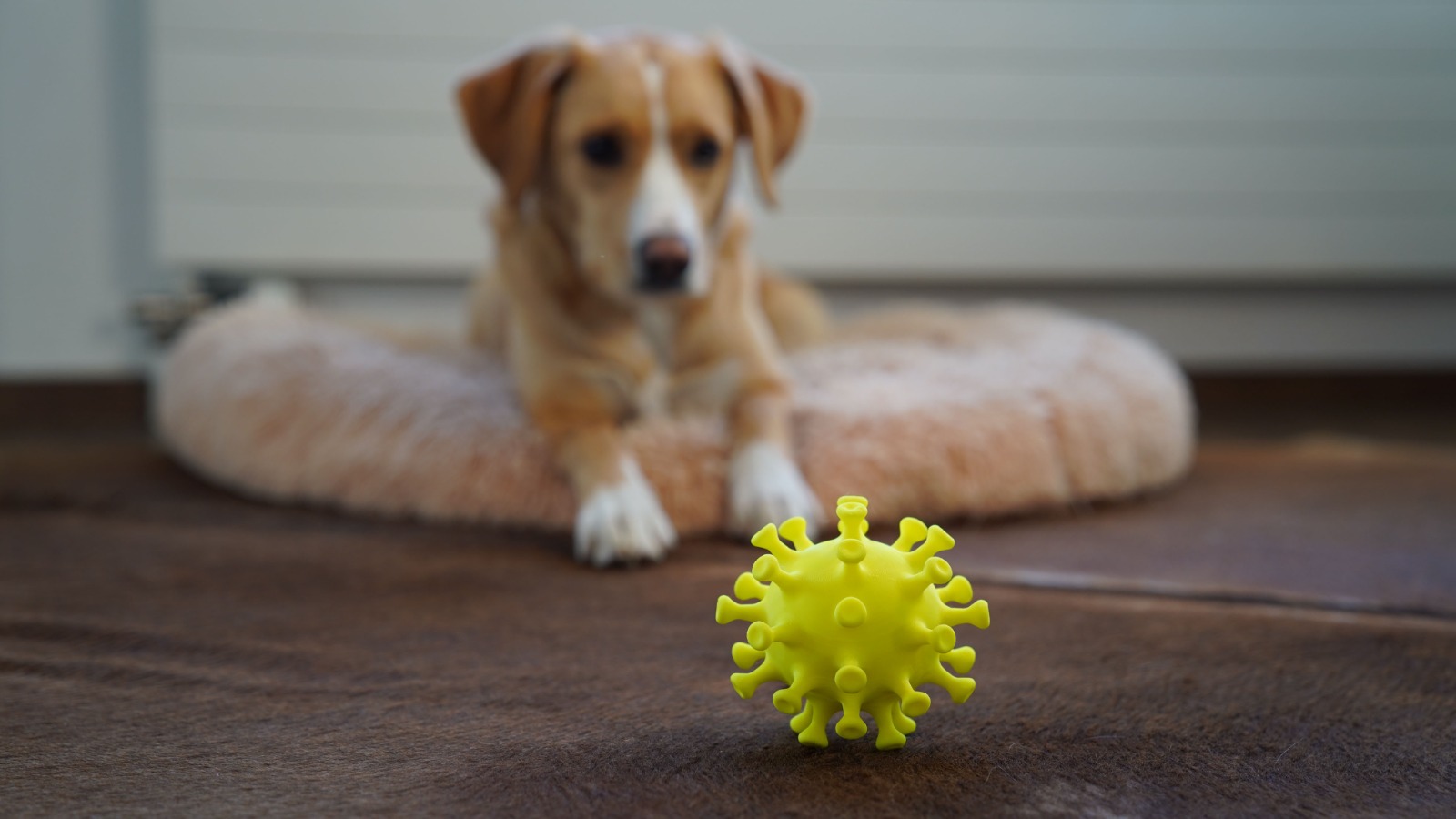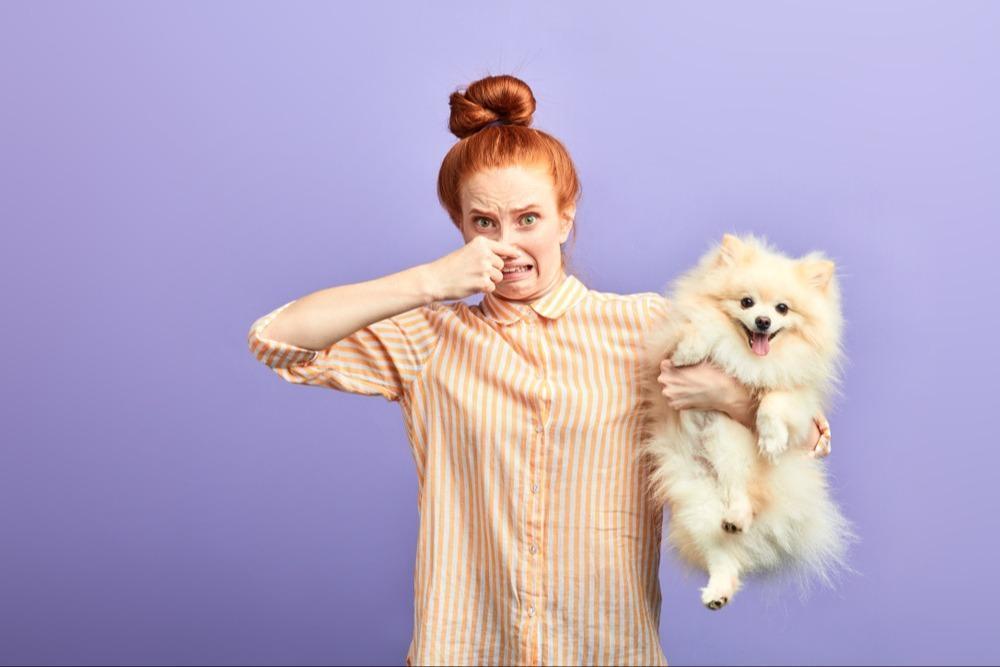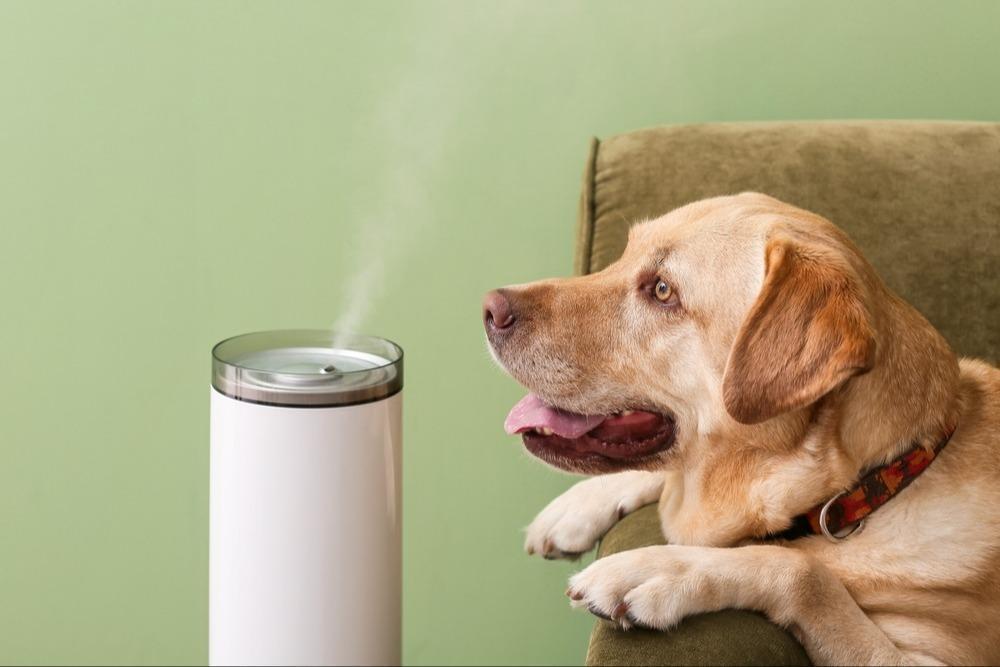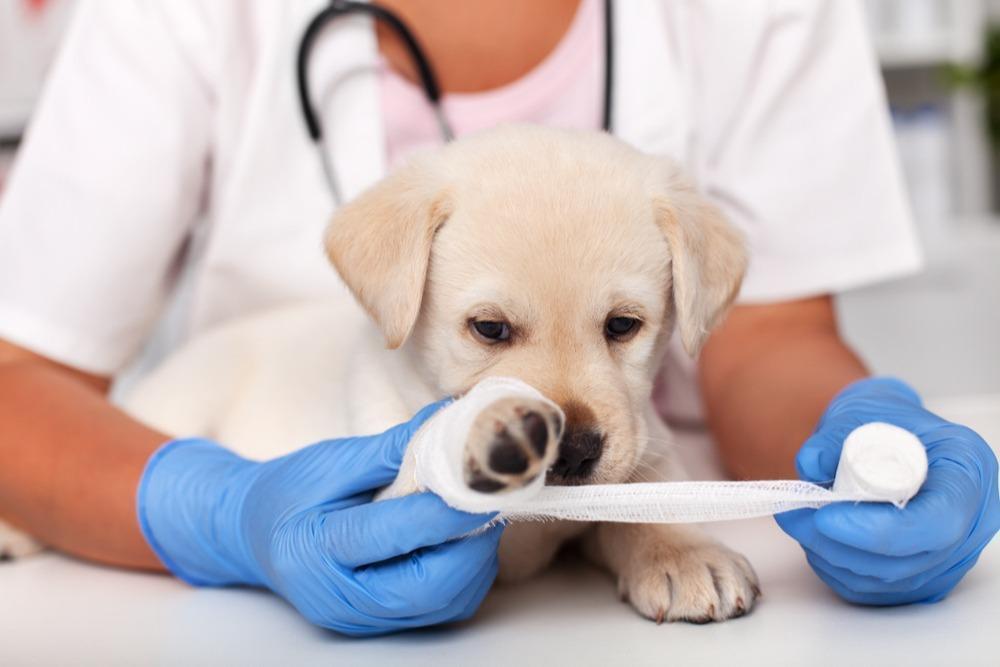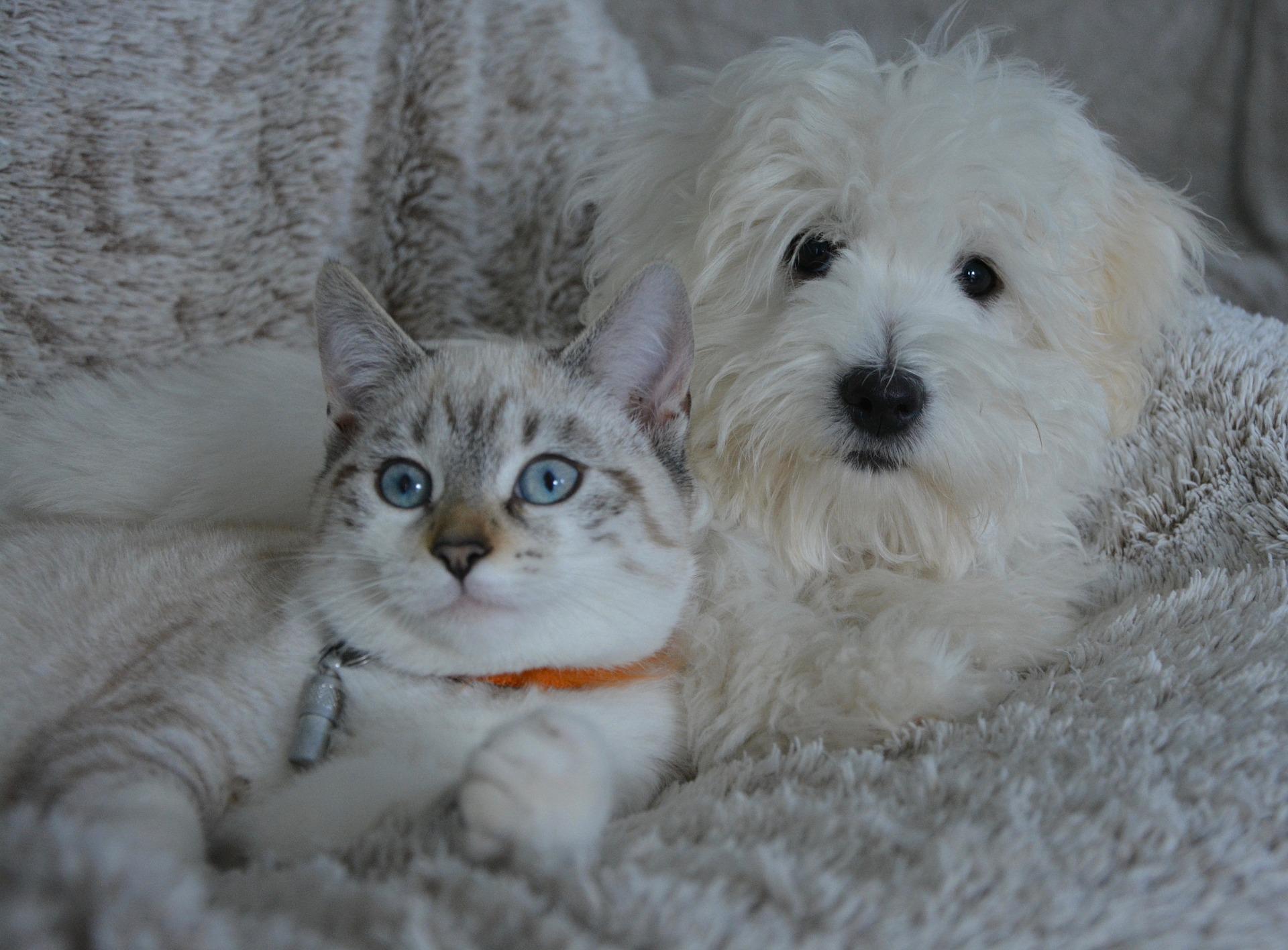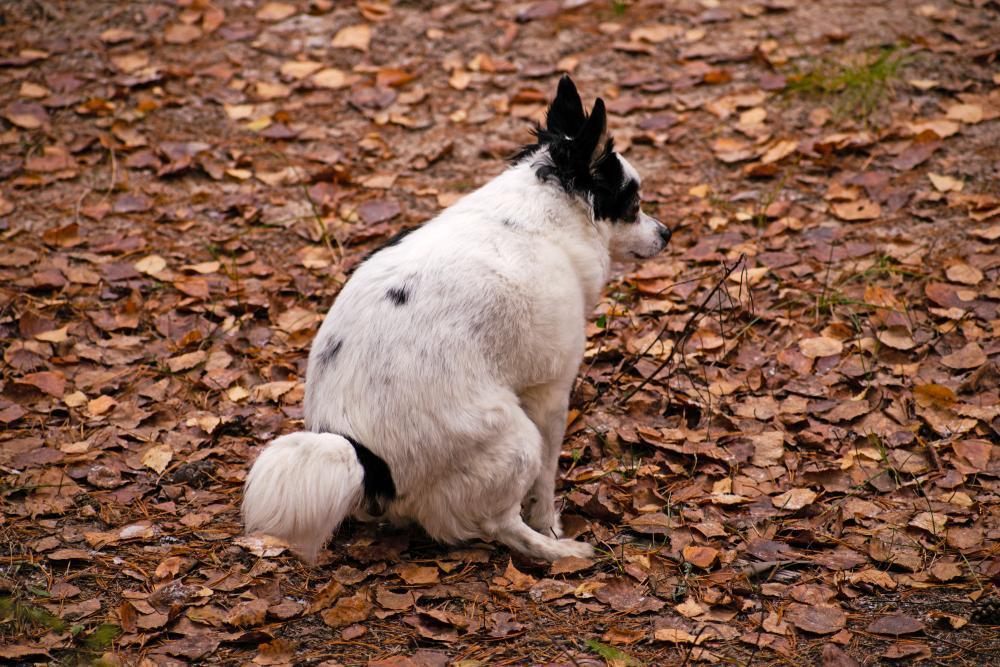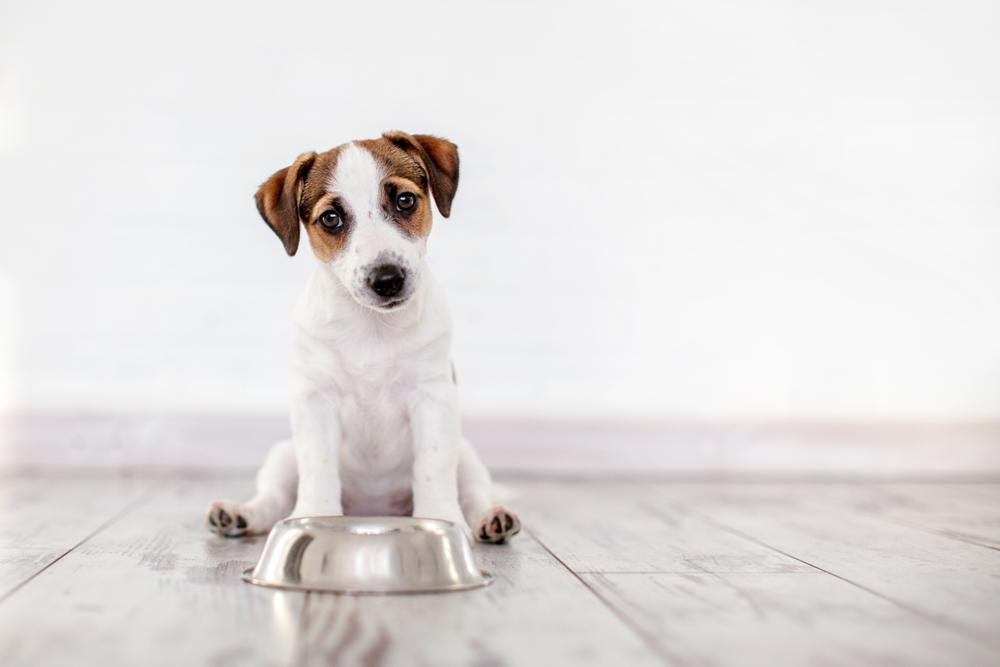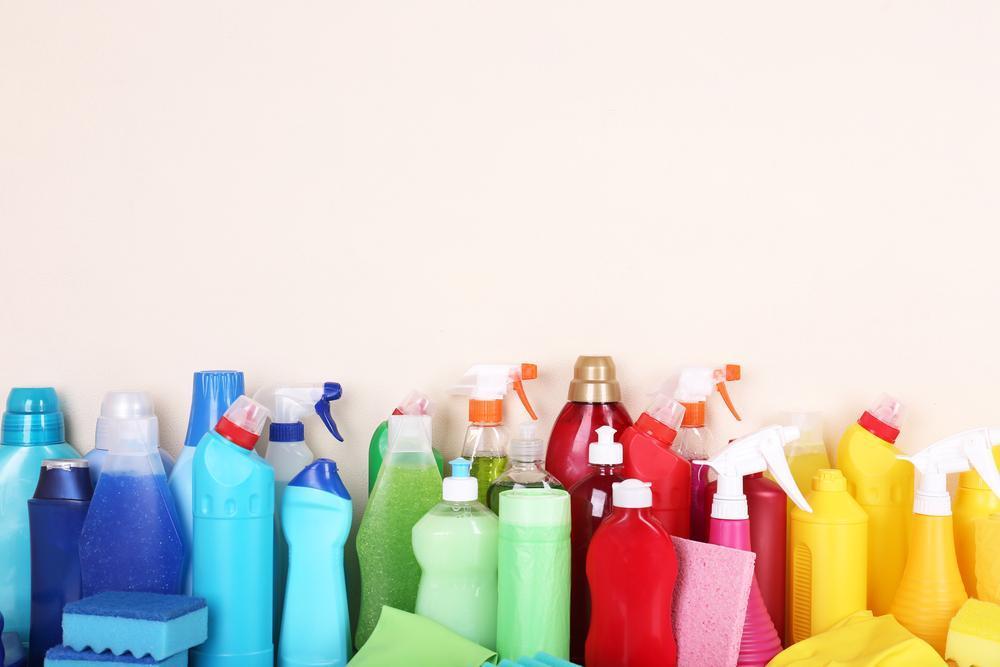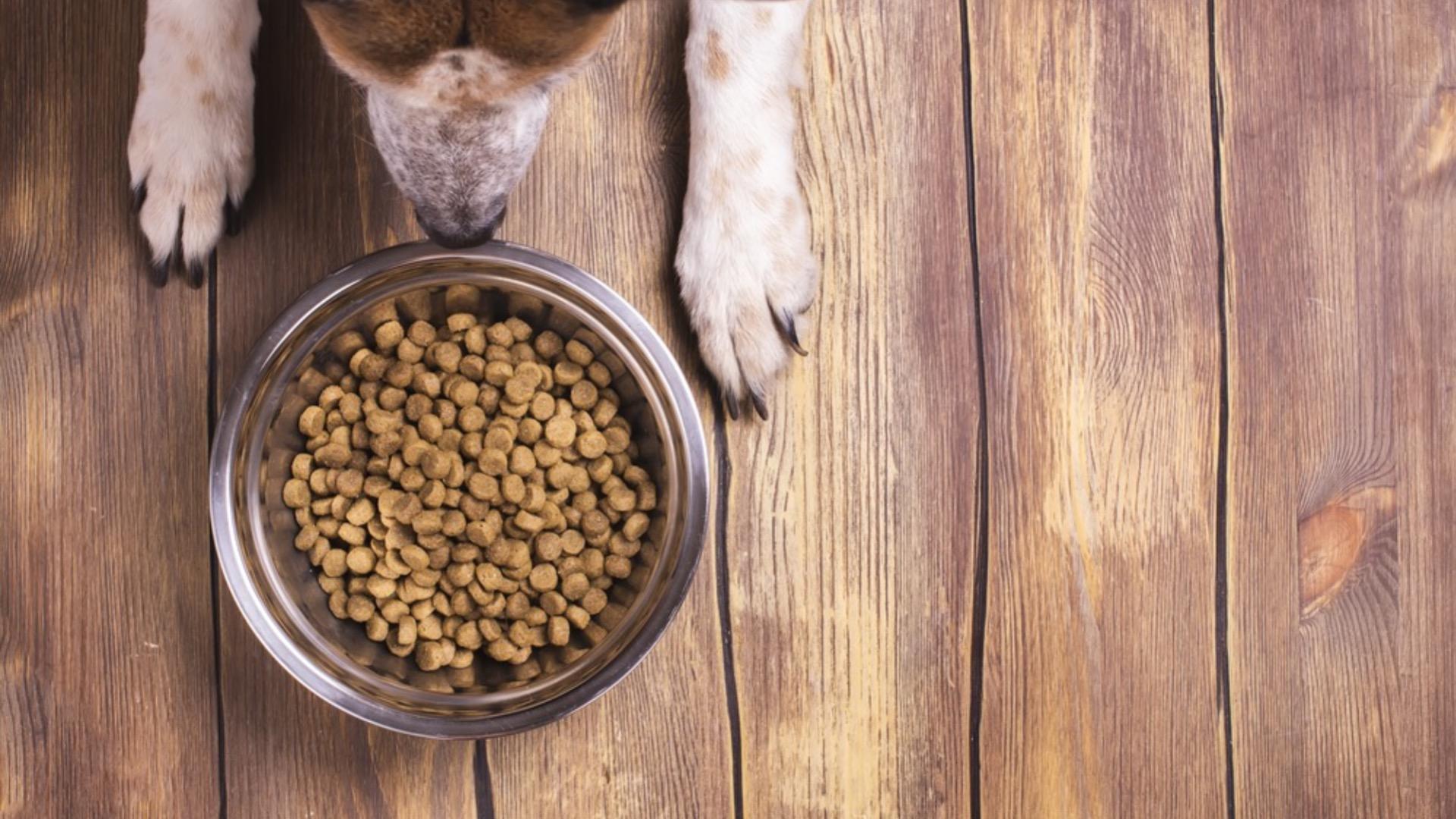-
£19.99

5 Easy Cleaning Solutions For Pet Owners
- September 26, 2022
- 4 mins
Keeping your home clean with a pooch is easier said than done, most of the time. It would be fairly accurate to say it’s like trying to brush your teeth whilst eating chocolate. Whilst most of us accept that our homes will always have some dog hair attached to the sofa and muddy paw prints by the door, there are some top cleaning solutions that can help keep your home odour free and clean! Here we have put together our top 5!
Find a good odour neutraliser!
It’s fairly common for many pet-parents to be conscious of dog odour when visitors call in, often the routine is to have a mad dash around the house with an air freshener before they walk through the door.
This temporarily hides the odour, but what if you could prevent it getting to that stage?
Air fresheners work on this thing called volatility. They break down and dissipate into the air which changes its scent.
But a study carried out on 25 home fragrance products found a whopping 133 different volatile organic compounds (VOCs). 24 of these VOCs were classified as toxic or hazardous to humans
Dogs are more sensitive than humans, on a huge scale. If we were to detect a teaspoon of sugar in a cup of coffee, dogs could detect a teaspoon of sugar in a million gallons of water. Their sense of smell is 40 times greater than ours. So if air fresheners can seem overpowering to us as humans, multiply this massively for the impact on our pooch!
For that reason, an odour neutraliser is a much safer option. Baking soda works wonders, as do charcoal filled bamboo bags!
Stock up on white vinegar!
Another household staple with dogs is white vinegar. An equally super odour neutraliser. This is great if you have a puppy or an older dog who sometimes has accidents.
If your pooch does have an accident, mop up the urine as best you can and then apply vinegar to the area.
Some pet owners dilute white vinegar in a mop bucket of hot water and mop their non-porous floors with it just to keep any odours at bay too!
Check their bedding!
It’s easy as pet-parents to get caught up with buying that new bed for our dog. The blue one, the brown one? The memory foam one, or that one with sides? Whilst we’re so busy looking at the appearance and how comfy it is, we often forget to check the label.
Can it be washed?
It may sound such a simple thing, but you’d be amazed how many dog beds are on the market and you can’t actually wash them or at least strip the covers.
Most owners would wash their own bedding weekly or fortnightly; why should this be any different for our pets?
Keeping their bedding clean reduces odour in the home, but it also keeps any bugs at bay too!
Wash as per the manufacturer’s instructions, but stay away from any fabric softeners. You can wash in white vinegar if the odour is getting a little too strong! Air/sun dry where possible.
Don’t just hide it!
As we’ve already mentioned, as pet parents we are often conscious of our homes smelling of dogs. It’s super easy to get into that cleaning routine where you just plug in scent diffusers, light candles, spray air fresheners and generally browse the cleaning aisles at the supermarket to find ways to make your lounge smell better. But, not only are many of these products toxic to you as a human, but long term exposure has been linked to eye, nose and throat irritation, headaches and nausea and in some cases have been linked to cancer.
The best way to avoid these risks is to prevent the odours forming in the first place.
- Buy washable blankets and bedding.
- Consider wipeable sofas and chairs – leather type for example.
- If you are ever in the position to be replacing flooring, consider how easy it is to keep clean – are they non-porous and moppable?
- Air your home as much as possible, it may not be easy in certain climates. Can you afford an air purifier?
- Vacuum or sweep up regularly, if you have a double coated breed this probably looks like a daily occurrence.
- Rubber bristle brushes are a lifesaver when you have a furry four legged friend! It’s worth investing in a handheld rubber bristled brush too, to remove hairs from curtains and fabric sofas!
5) Regularly groom your pooch!
You can clean your home as much as you like, but if you have a smelly pooch, you’re making your life 10 times harder than it needs to be!
Brush them regularly, to remove any dead hair. This reduces how much will be floating around your home.
If needed, maintain regular grooming appointments with a grooming salon – if you have a spaniel whose paws are magnets to mud and water, keep them trimmed! This way, they carry less water and grime and they’re also easier to dry on the way in through the door! On that note, keep a dog towel by the door. If you’ve gotten stuck in the rain on a walk, towel dry him when you return, paws included. We all know how much a wet dog smells! Dogs have bacteria and yeasts on their skin which can be a bit pongy. As a wet dog dries, the water evaporates which brings those stinky molecules into the environment and to our noses! Drying them as much as you can will help prevent that wet dog smell!
Whilst cleaning a house with a dog in it can seem a never-ending task, it’s certainly better to prevent odour and dirt build up as opposed to hiding it. Find your staple odour neutralisers and regularly wash things around your home.
We are huge advocates for using natural products where possible around the home, if you would like to learn more about toxic products, check out our blog here:
Is Your Toxic Home Affecting Your Pet
Thanks for reading,
Customer Reviews
Explore related products
Related articles
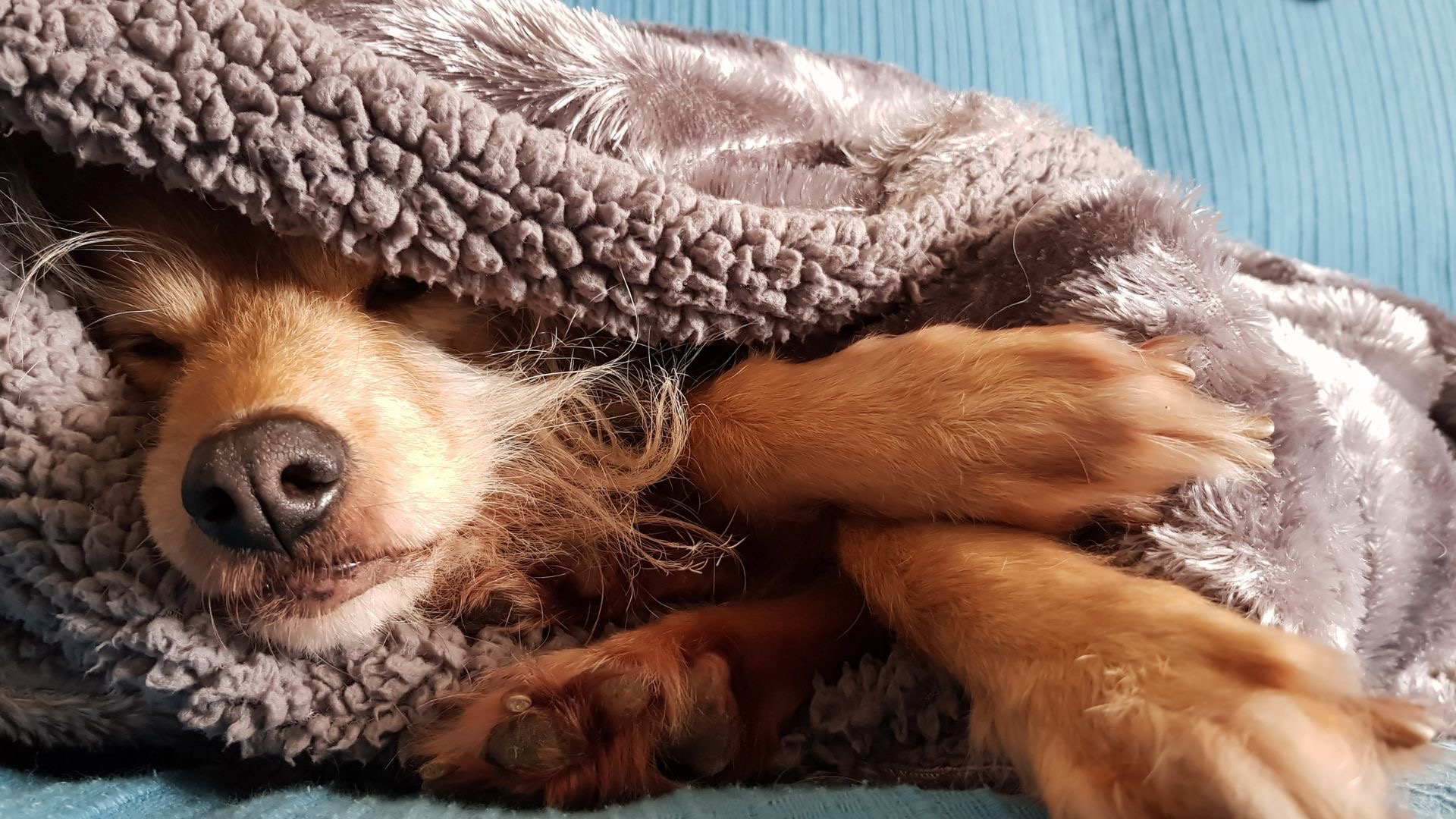
General HealthDogs & Cats
The Low Down on Hypoglycaemia in Pets
Jun 06 2024
•
8 mins 25 secs

General HealthDogs & Cats
What is Pica, and Does Your Pet Have It?
May 23 2024
•
7 mins 15 secs

General HealthDogs & Cats
How to Avoid Environmental Hazardous Exposure in Pets – Part 2
Apr 25 2024
•
16 mins
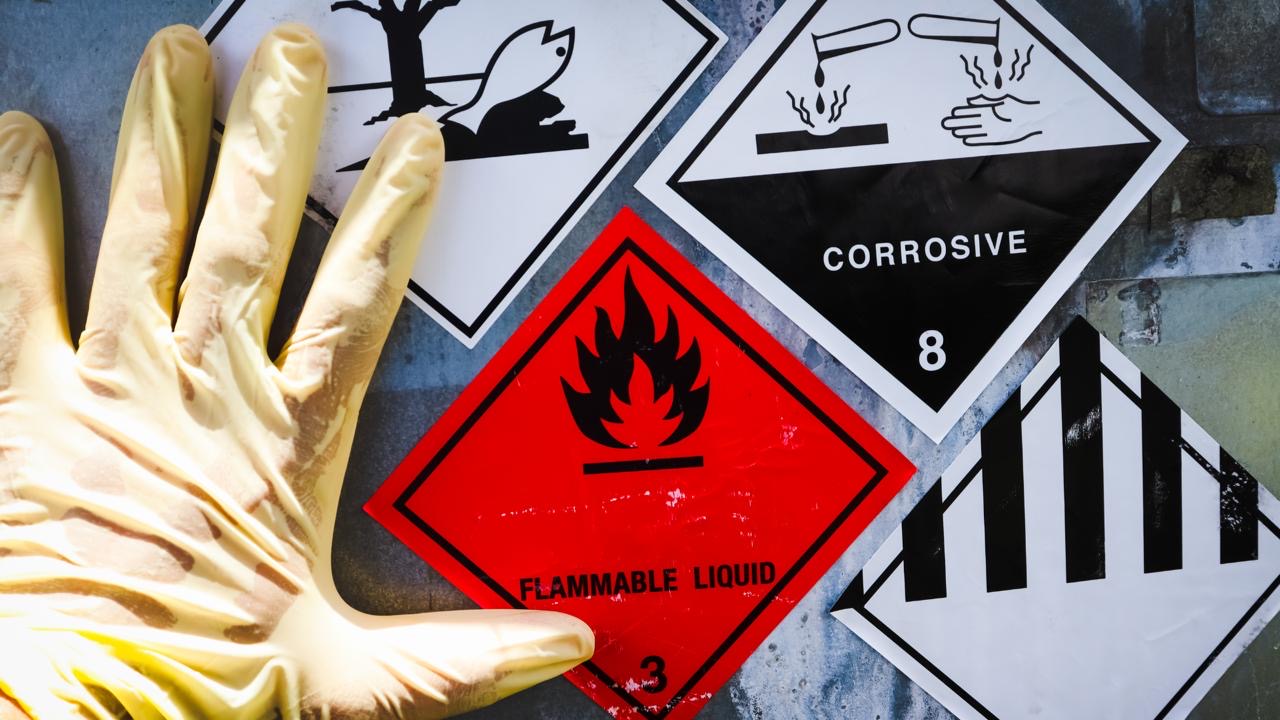
General HealthDogs & Cats
How To Avoid Environmental Hazardous Exposure in Pets – Part 1
Apr 19 2024
•
9 mins 40 secs

General HealthDogs & Cats
The Ultimate Guide on Parasites: Part 2 – Internal Parasites
Feb 17 2024
•
16 mins
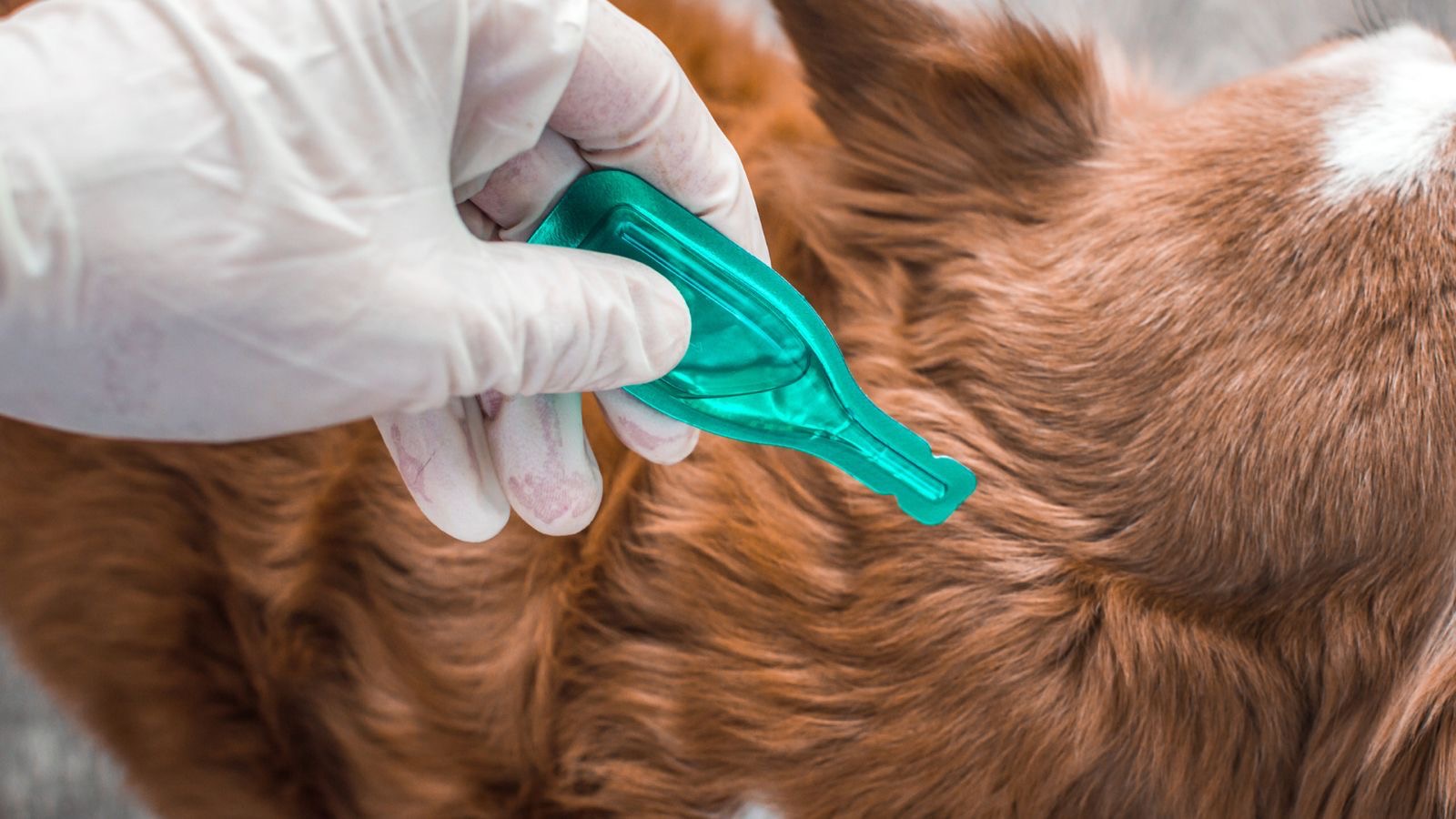
General HealthDogs & Cats
The Ultimate Guide on Parasites – Part 1: External Parasites
Feb 16 2024
•
11 mins 40 secs
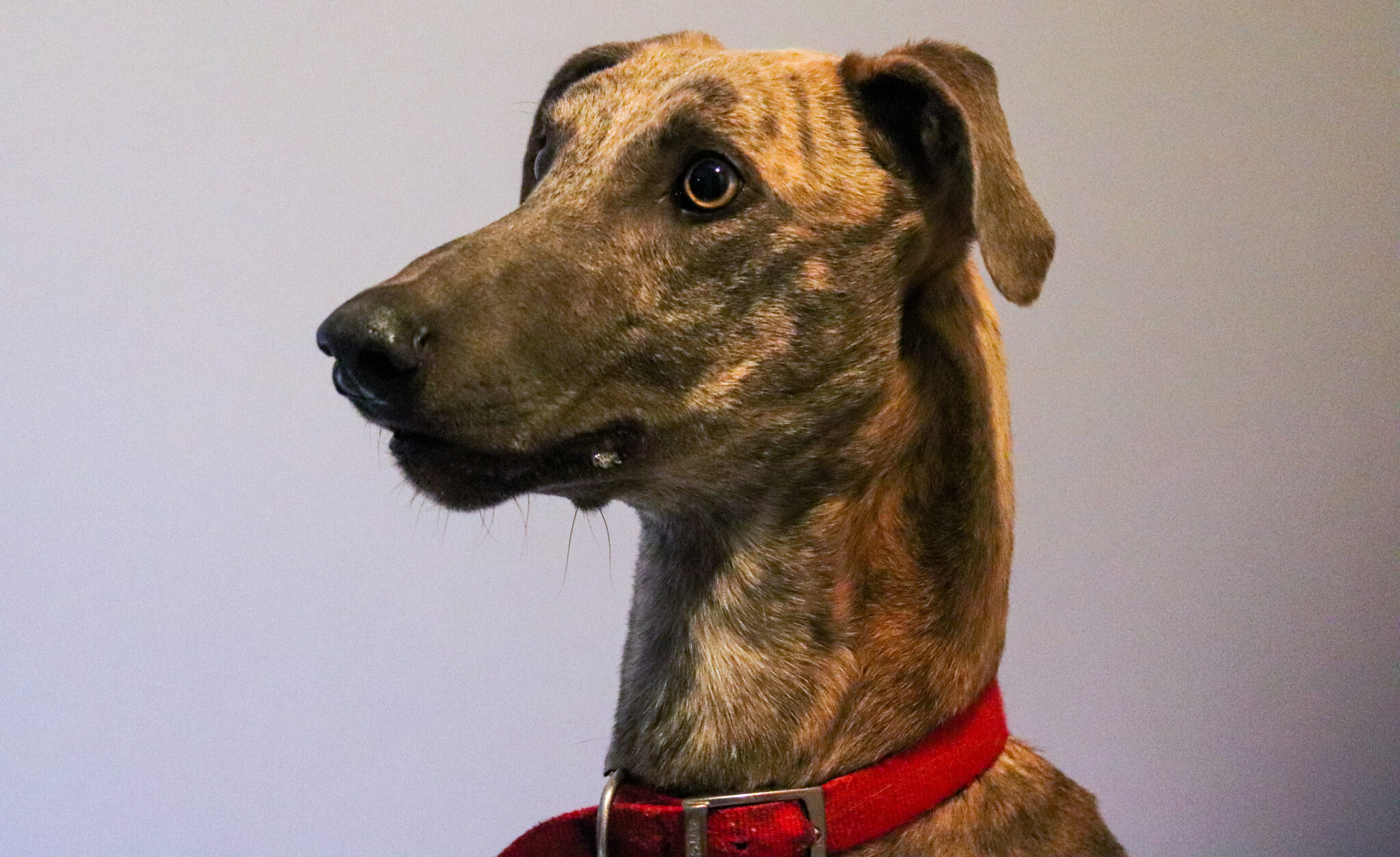
General HealthDogs & Cats
The Importance of Vitamins and Minerals for Thyroid Health
May 05 2023
•
9 mins
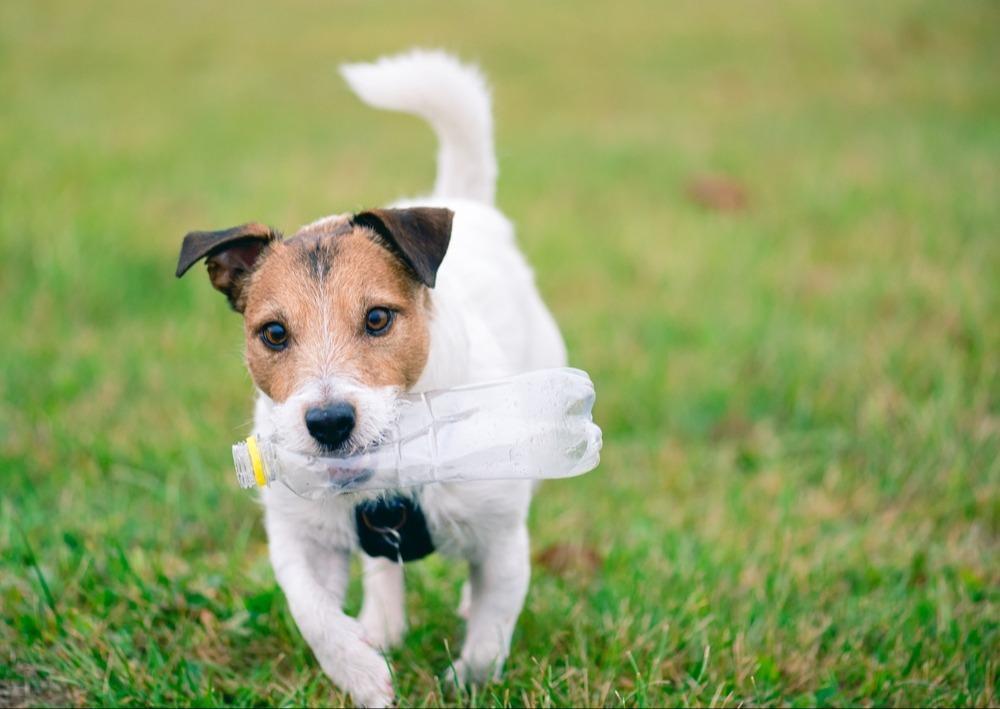
General HealthDogs & Cats
How To Choose Safe and Sustainable Pet Products
Sep 26 2022
•
3 mins 30 secs
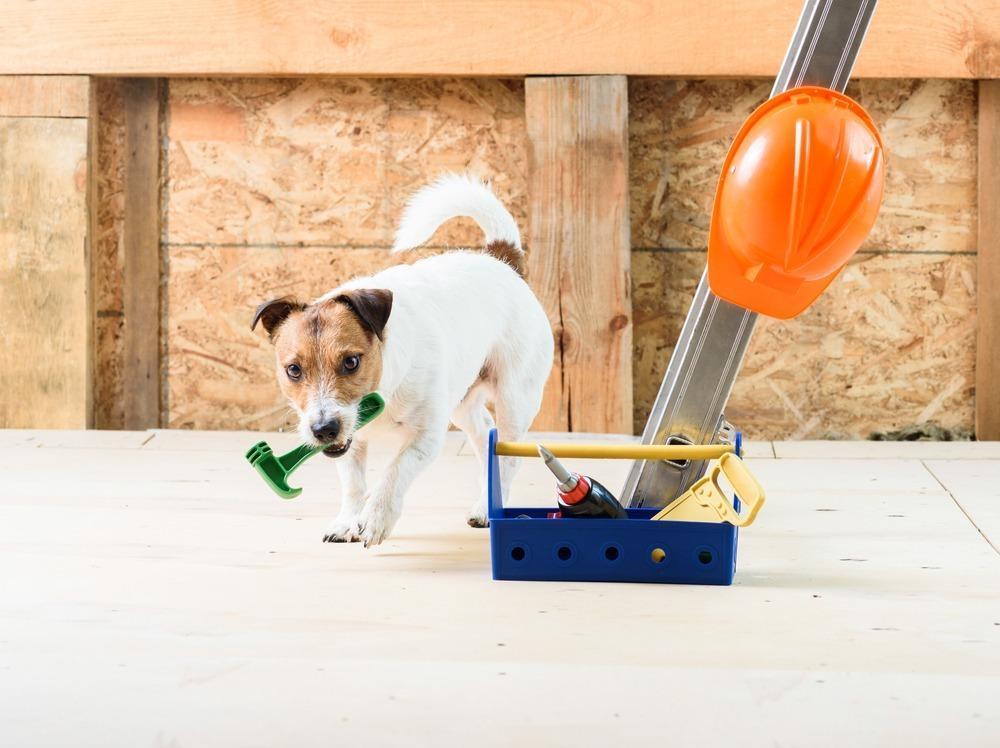
General HealthDogs & Cats
6 Things All Pet Owners Should Have In Their Cupboards
Sep 12 2022
•
5 mins 40 secs
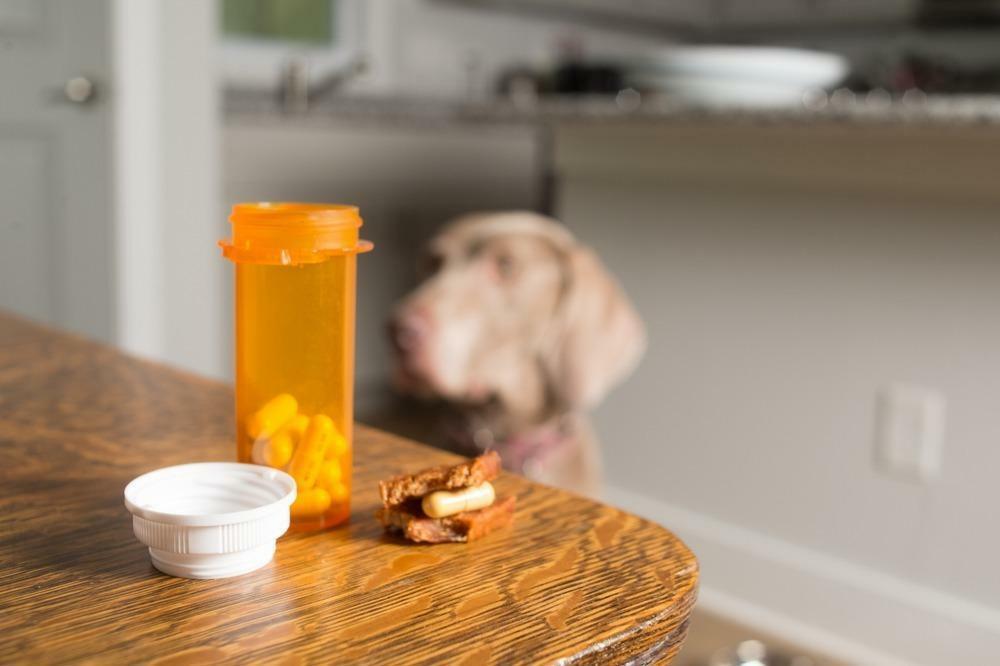
General HealthDogs & Cats
How Do Pain Medications Work In Pets?
Jun 08 2022
•
5 mins 54 secs

General HealthDogs & Cats
Do We Need to Boost Our Pet’s Immune System?
Feb 15 2022
•
4 mins 42 secs
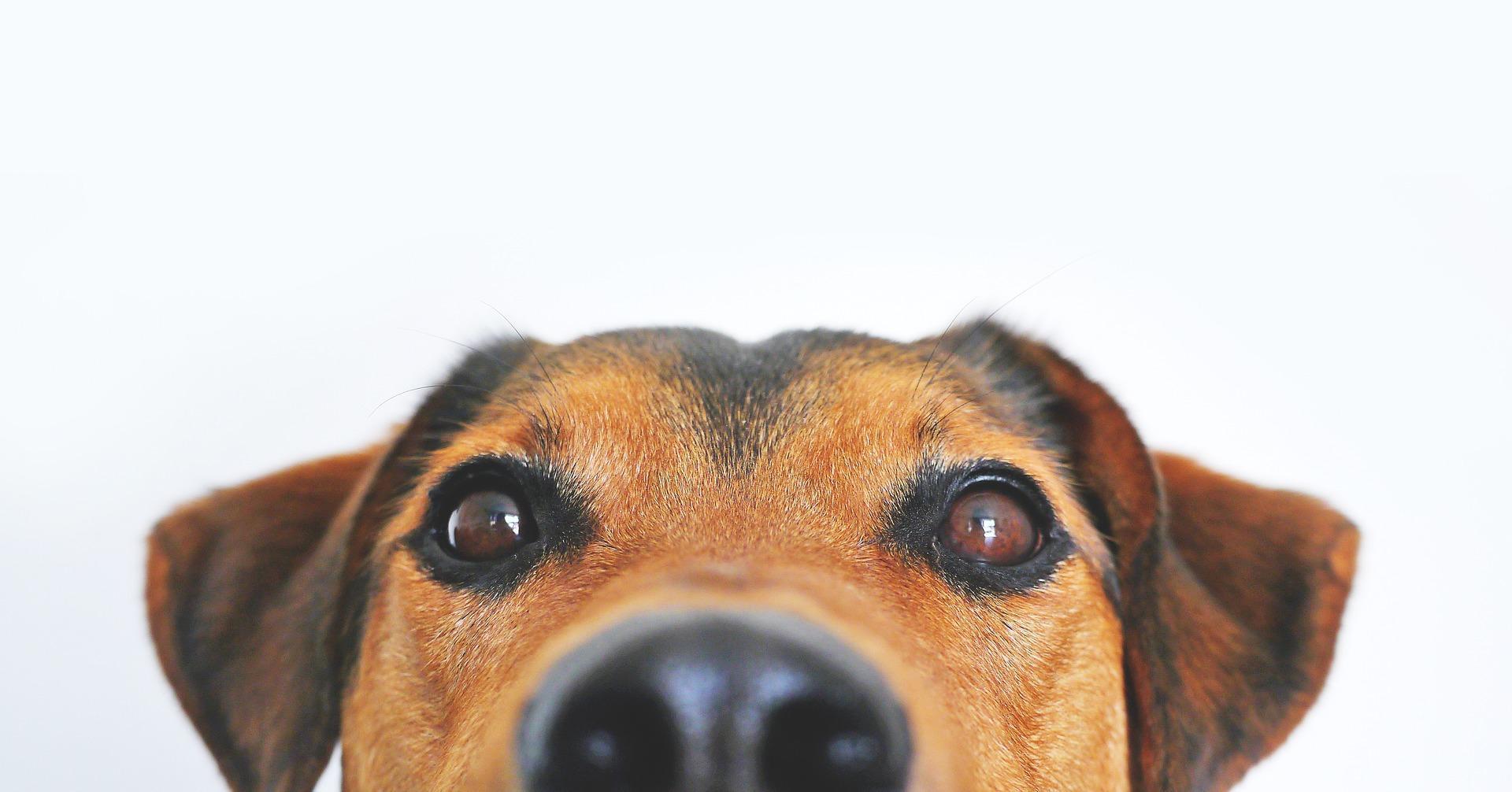
General HealthDogs & Cats
The Importance of Iron in Pet Health
Nov 23 2021
•
5 mins 10 secs
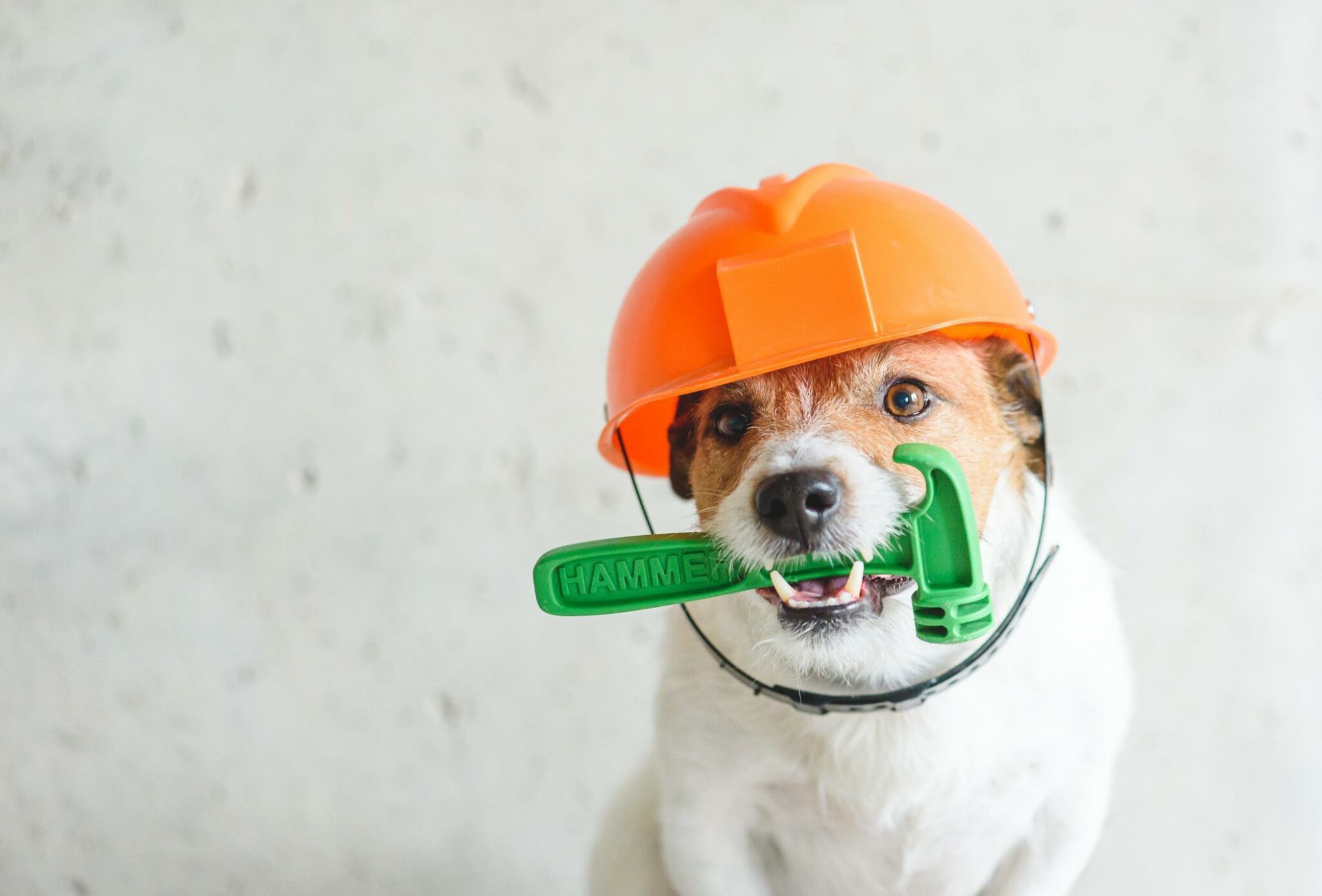
General HealthDogs & Cats
Are We Really That Good At Doing It Ourselves?
Sep 09 2021
•
10 min read

General HealthDogs & Cats
Parasites and What You Really Need to Know
May 17 2021
•
9 min read
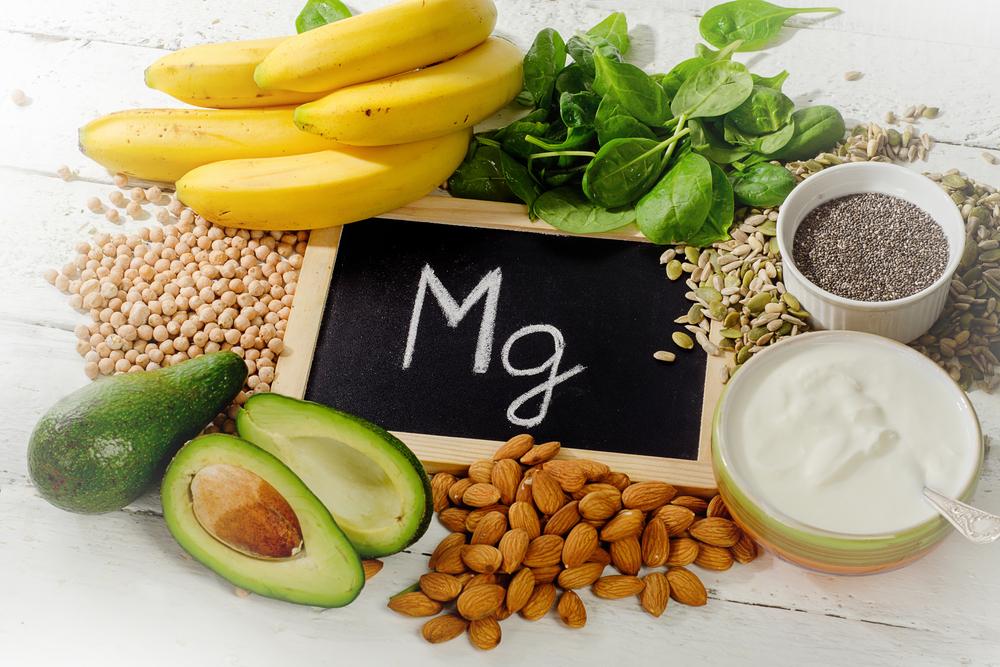
General HealthDogs & Cats
Why is Magnesium So Important to Your Pet
Oct 02 2020
•
10 min read
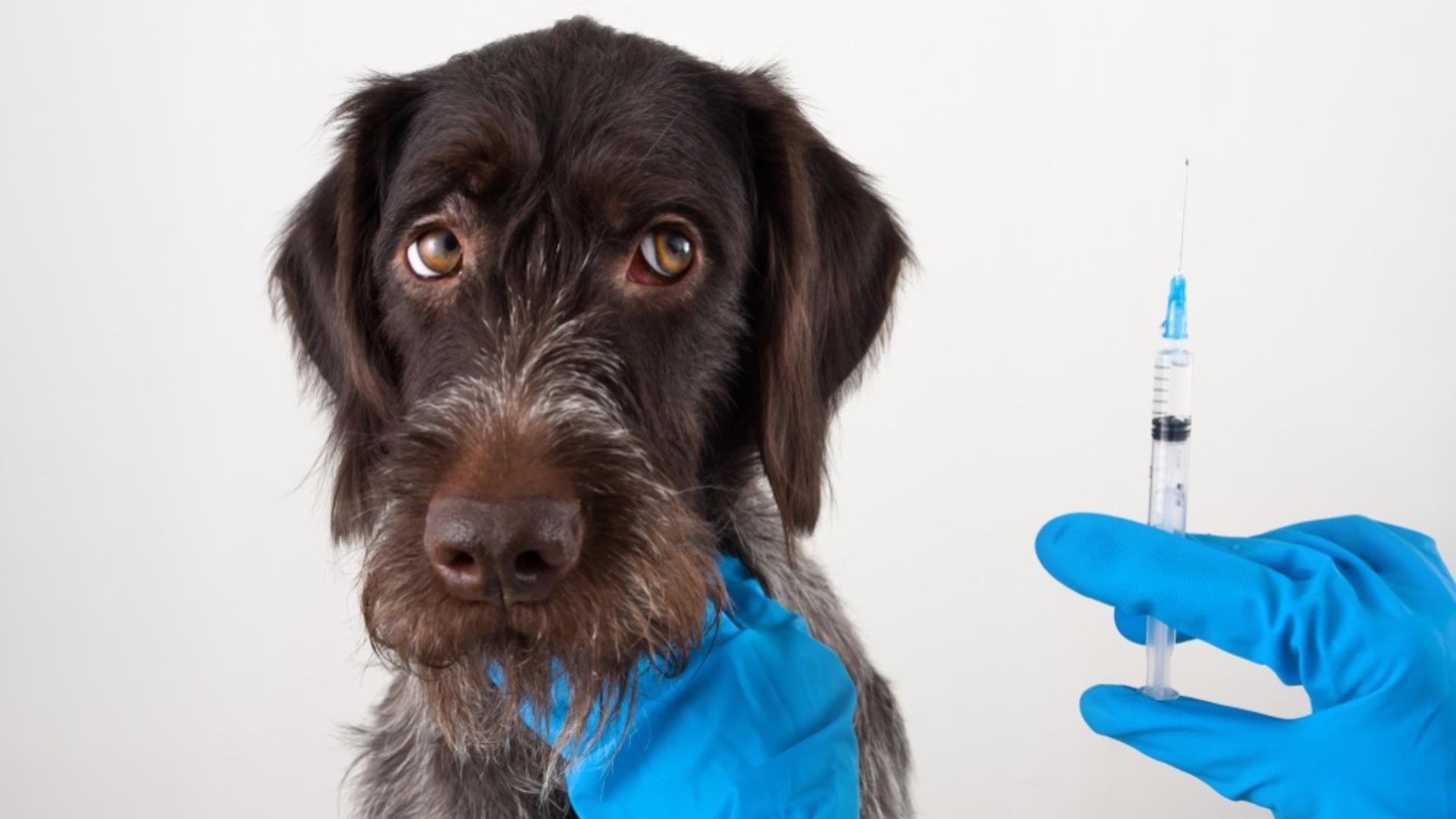
General HealthDogs & Cats
Everything you Need to Know About Vaccinations
Apr 22 2020
•
7 min read
✕






